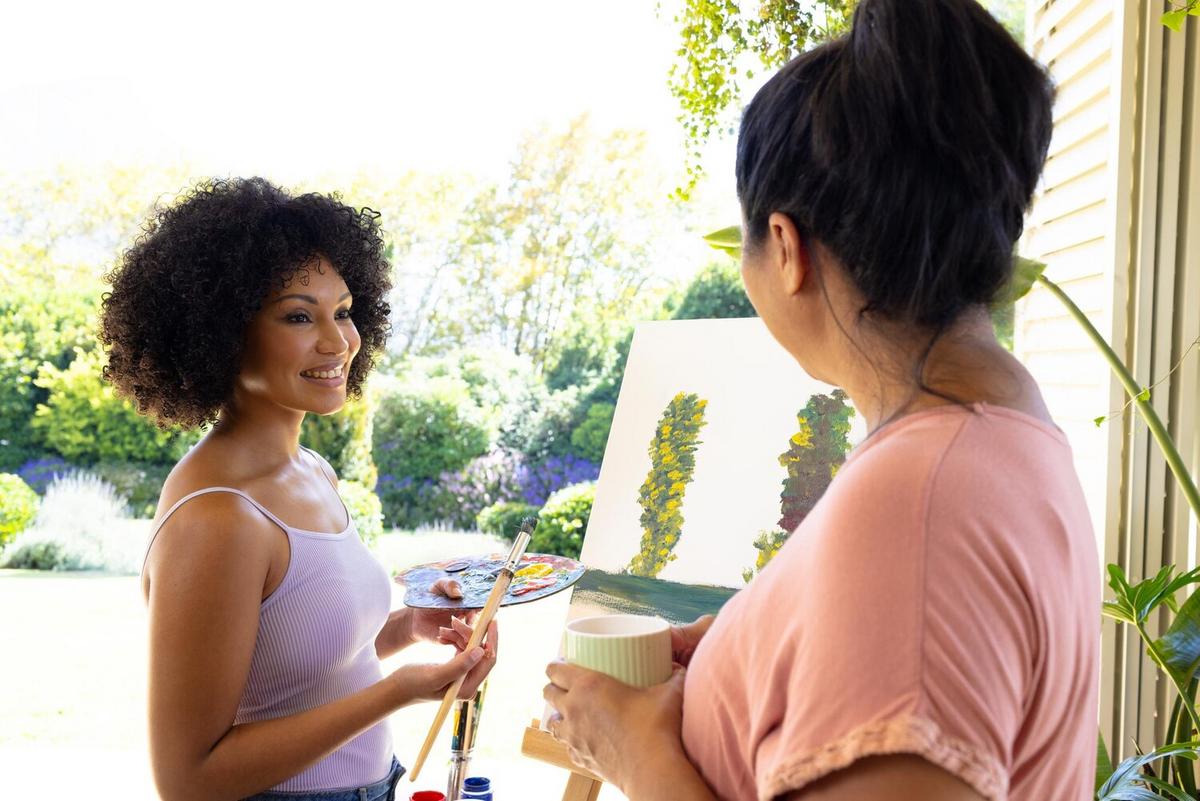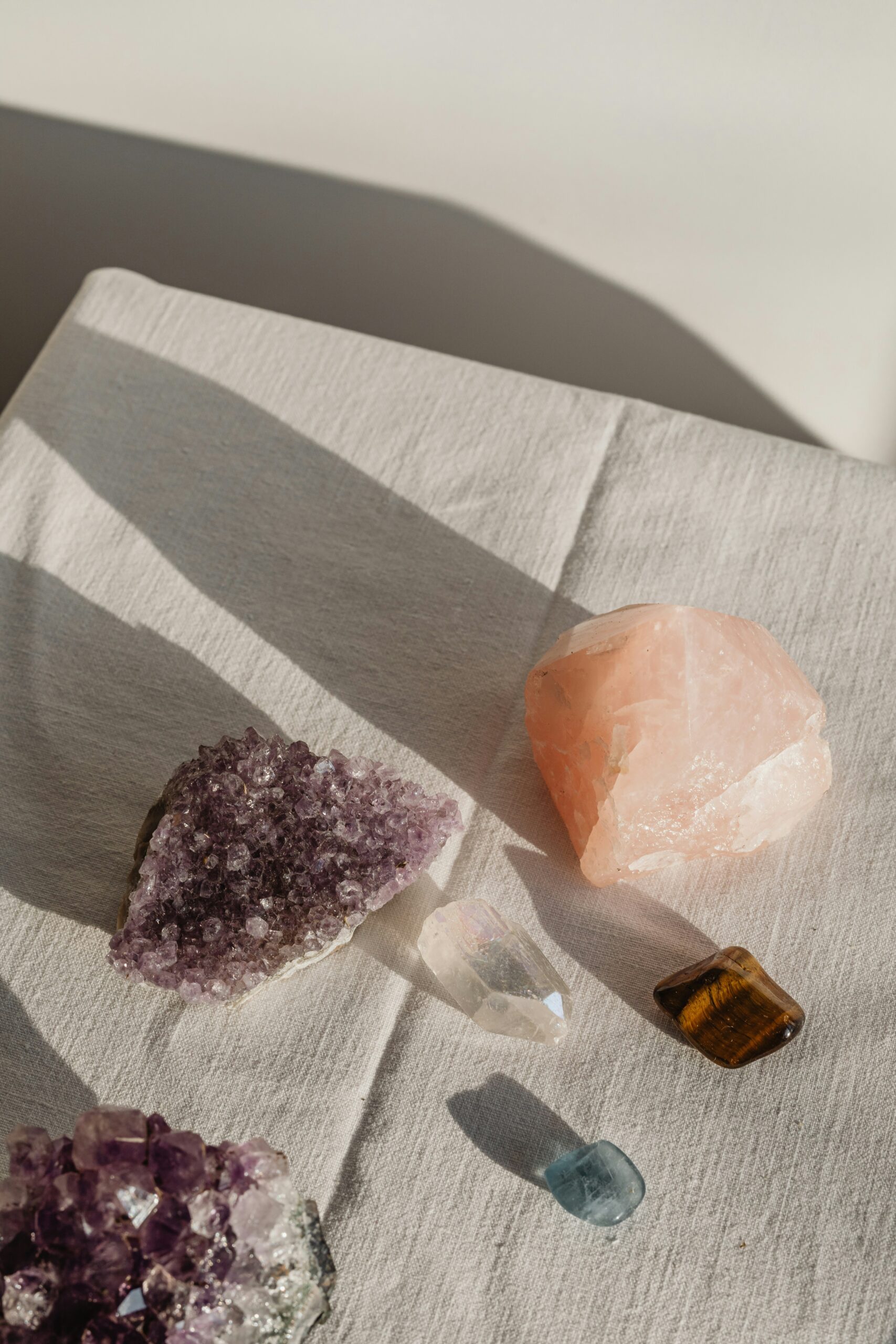
Using Art Therapy as a Mindful Practice
Art therapy has emerged as an enriching practice, offering a unique blend of creativity and mindfulness that aids in emotional healing and self-discovery.
Understanding Art Therapy
Art therapy is a form of expressive therapy that uses the creative process of making art to improve a person’s physical, mental, and emotional well-being. The process involved in creating art is as significant as the final piece, allowing individuals to explore feelings, reconcile emotional conflicts, foster self-awareness, and manage behavior.
The Power of Creativity in Healing
Engaging in art therapy can reduce stress and anxiety, promote relaxation, and enhance self-esteem. According to a study published in the journal ‘Art Therapy: Journal of the American Art Therapy Association’, participants who engaged in art-making activities for 45 minutes experienced lower levels of cortisol, a stress hormone.
Expert Opinions
Therapists have long advocated for art as a therapeutic tool. Registered art therapist Dr. Cathy Malchiodi states, “Art is not only a way to express oneself but a pathway to discovering one’s own story and finding healing.” This sentiment captures the essence of how art therapy can be transformative.
Personal Journeys
Consider Valentina, a marketing executive who turned to art therapy after experiencing burnout. Through painting, she found a way to express her bottled-up stress and emotions creatively. This practice not only helped her unwind but also offered a new perspective on her mental health.
Incorporating Art Therapy into Daily Life
Actionable Tips
- Set aside a specific time each week dedicated to art-making.
- Create a comfortable space in your home conducive to creativity.
- Experiment with different art materials like paints, pencils, or clay.
- Don’t focus on the outcome; enjoy the process.
Pro Tip: Keep an art journal to track your progress and reflect on your experiences. This can enhance your self-awareness and help you see patterns in your thoughts and emotions.
Comparing Art Therapy to Traditional Therapy
| Aspect | Art Therapy | Traditional Therapy |
|---|---|---|
| Focus | Creative Expression | Verbal Interaction |
| Tools Used | Art Supplies | Conversation |
| Target Audience | All Ages | Primarily Adults |
| Environment | Studio/Private Space | Office Room |
| Goal | Emotional Release | Insight and Understanding |
| Process | Non-linear | Structured |
| Engagement | Active Participation | Listening and Speaking |
| Outcome | Personal Reflection | Problem Solving |
Additional Resources
For those interested in exploring art therapy further, consider visiting the American Art Therapy Association’s website for a wealth of resources and guidance on how to get started.
Frequently Asked Questions
What is art therapy?
Art therapy is a therapeutic practice that uses art-making to enhance mental and emotional well-being.
Do I need to be good at art to try art therapy?
No, art therapy is about the process, not the quality of the art created.
How can art therapy help with stress?
Art therapy provides a creative outlet to express feelings and relieve stress, promoting relaxation.
Conclusion
Art therapy offers a unique approach to mindfulness and emotional healing, encouraging individuals to express themselves creatively and find peace within. Whether you’re looking to reduce stress, explore your emotions, or simply try something new, art therapy can be a valuable addition to your wellness routine. Embrace your creativity and explore the possibilities of art as a tool for personal growth and healing.

